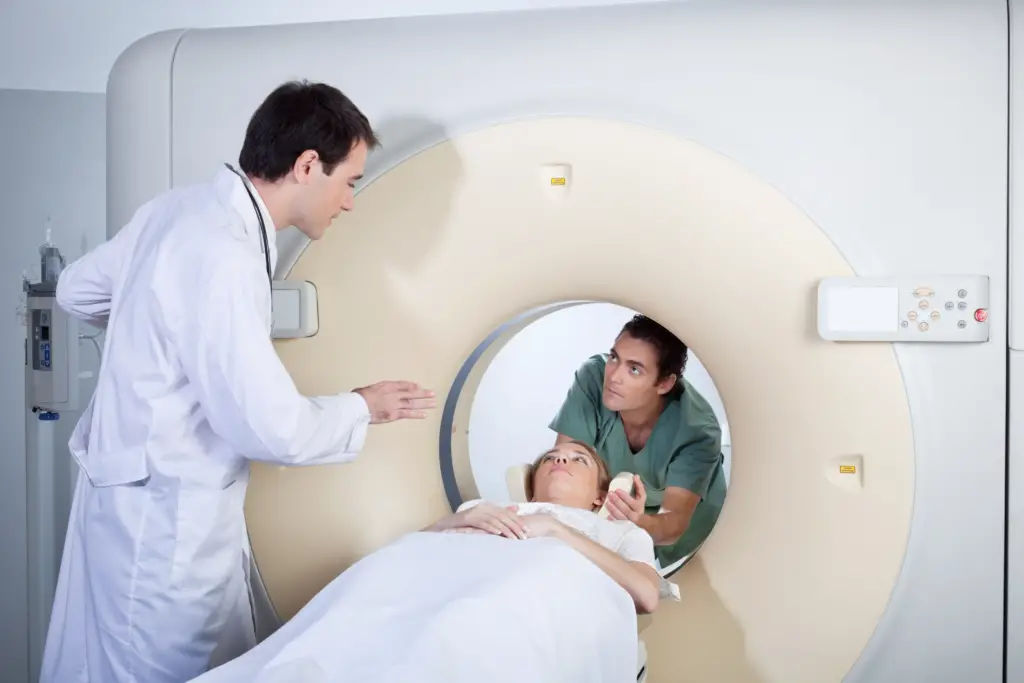In the intricate labyrinth of the medical field, numerous titles sometimes create confusion due to their semblance. Two such roles often misconceived as identical, are those of Radiologic Technologist vs. Radiology Technician. It’s imperative to discern between them if you’re contemplating a career in medical imaging.
Delving Deep into the Role of a Radiology Technician
A Radiology Technician is an indispensable asset in the medical imaging sector. Their overarching duties encompass the following:
- Equipment Maintenance: Ensuring the radiology equipment remains in peak performance mode.
- Routine Inspections: Periodically assessing the equipment to forestall any disruptions.
- Equipment Repairs: Addressing any malfunction promptly to prevent delays in patient care.
- Patient Preparation: Making certain that patients are adequately prepped for scans, ensuring comfort and clarity.
- Information Recording: Meticulously jotting down all pertinent patient data.
- Patient Safety: Upholding the utmost safety standards during scans.
Radiology Technician vs. Radiology Technologist: Distinguishing Factors
Education Paradigms
While both roles have similarities in educational prerequisites, nuances do exist. Radiology Technologists usually embark on their journey with an Associate of Applied Science (AAS) degree, focusing on medical imaging technology, radiation biology, and other pivotal subjects. This educational stint also equips them with hands-on clinical experience.
Radiology Technicians, on the other hand, can commence their career post-vocational training or with an associate degree. For those who opt for vocational routes, prior work experience is often a requisite. A segment of technicians also further their studies, acquiring a Bachelor of Science in Radiologic Sciences, augmenting their earning potential and paving the way for an advanced career in radiology.
Responsibilities and Interactions
Both technicians and technologists interact with diagnostic imaging apparatuses like MRIs, X-rays, and CTs. Yet, a distinction lies in the depth of patient interaction and responsibilities. Radiology Technicians primarily focus on operating the equipment under a physician’s supervision. Conversely, the purview of a Radiology Technologist is broader, encompassing scan analysis, interpretation of results, and direct communication of findings to the patients.
Training Dynamics
Radiology Technologists undergo rigorous training during their academic programs. In contrast, Radiology Technicians predominantly acquire skills through on-the-job training.
Certification and Licensing
Post their academic odyssey, Radiology Technologists must obtain certification from the American Registry of Radiologic Technologists (AART), offering them specialization options. Radiology Technicians, however, are primarily governed by state-specific licensing norms.
Remuneration and Career Prospects
Despite the roles’ similarities, Radiology Technologists tend to command a higher salary, attributed to their elevated educational attainments. Current data suggests an hourly wage of $25.92 for both professions. Yet, the U.S. Bureau of Labor Statistics anticipates a 7% job growth for Radiology Technologists by 2029. While not explicitly stated, the trajectory for Radiology Technicians is surmised to be on a similar curve.

Essential Skills for Both Domains
- Empathy: A compassionate demeanor, given the patient-centric nature of the roles.
- Communication Proficiency: Articulating complex procedures in an easily understandable manner.
- Safety Adherence: Rigorously upholding safety protocols, both for patients and self.
- Technical Acumen: Mastery over intricate radiology machinery.
- Anatomical Knowledge: Acute awareness of human anatomy, imperative for precise scan positioning and, for technologists, image interpretation.
- Scientific Aptitude: Both roles demand foundational knowledge in science and math, with technologists particularly requiring it for specific imaging procedures.
Both Radiology Technicians and Radiology Technologists play pivotal roles in medical imaging, albeit with discernible distinctions. A profound understanding of these differences can illuminate your career path in this rewarding sector.

